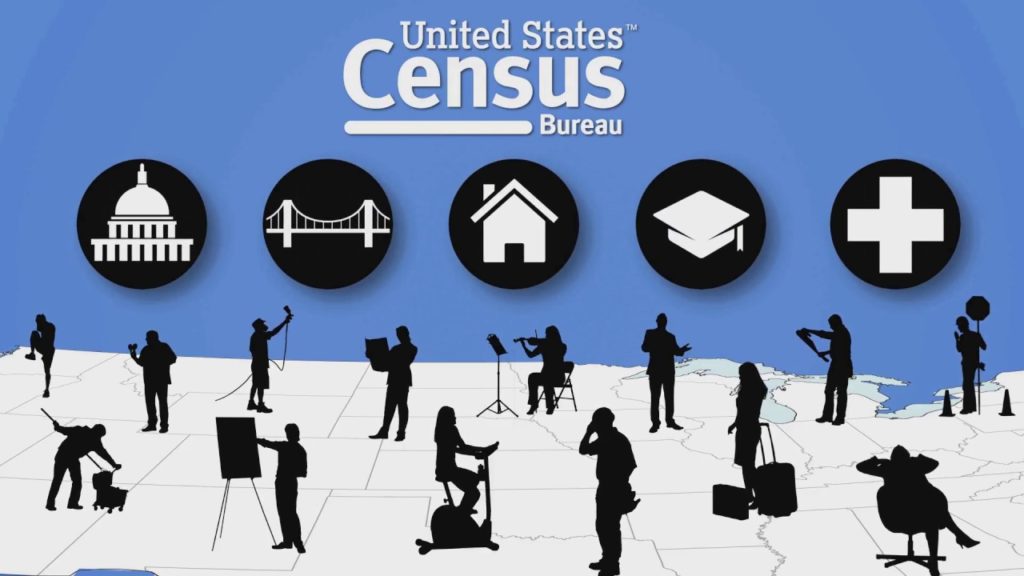
The U.S. Census Bureau announced Tuesday that the 2019 Census Test will begin this week, as approximately 480,000 housing units across the country receive a questionnaire testing the operational effects of including a citizenship question on the 2020 Census.
The 2019 Census Test will randomly assign households to two panels and ask them to respond to the 2020 Census questions. Panel A will include the question on citizenship, Panel B will not.
Findings from the nationwide test will assist in determining updates to 2020 Census operations, such as how many census takers are needed to follow up with nonresponding households and how to better communicate with households about the 2020 Census.
During the 2020 Census, people will be able to respond in even more languages (including French, Polish, Haitian Creole, Portuguese and Japanese, in addition to the languages used in the 2018 Census Test), totaling 13 languages available through the internet and phone.
The Census Bureau has already conducted extensive research and testing:
- The 2013, 2014 and 2015 Census Tests across the country studied a wide range of topics — from race and ethnicity questions to automating field operations to internet self-response. The results were critical in forming the 2020 Census Operational Plan.
- The 2016 Census Test refined many of the innovative and cost-saving procedures and methods documented in the operational plan. We focused on finalizing methods for field automation and using administrative records and third-party data to reach households that do not respond to the census.
- The 2017 Census Test, assessing the integration of operations and systems needed for households to respond to the census online in advance of the 2020 Census. The test also included telephone and traditional paper questionnaire response options.
- 2018 End-to-End Census Test. This is the final large-scale test of operations before conducting the 2020 Census.


Bulloch Lifestyle
Food Lion Feeds’ Summer Initiative Focuses on Curbing Child Hunger

Bulloch Local News
All-Way Stop Intersection Coming to SR 46 in Bulloch County July 10

Bulloch Public Safety
06/19/2025 Booking Report for Bulloch County

Bulloch Public Safety
06/18/2025 Booking Report for Bulloch County

Bulloch Public Safety
06/09/2025 Booking Report for Bulloch County

Bulloch Public Safety
05/27/2025 Booking Report for Bulloch County

Bulloch Public Safety
06/02/2025 Booking Report for Bulloch County

Bulloch Public Safety
06/16/2025 Booking Report for Bulloch County

Bulloch Public Safety
06/06/2025 Booking Report for Bulloch County





